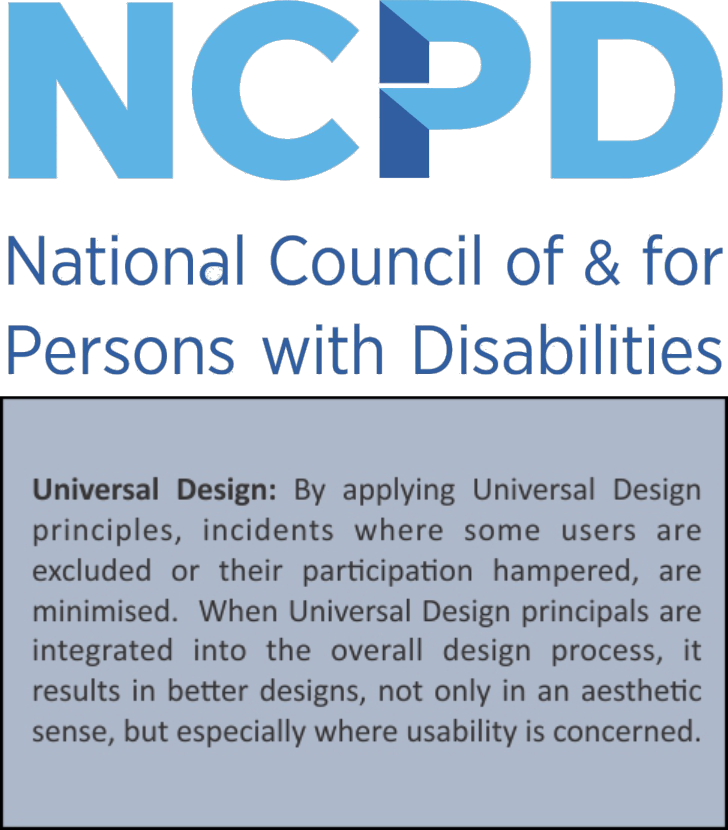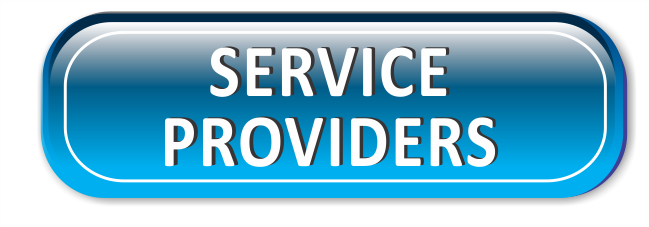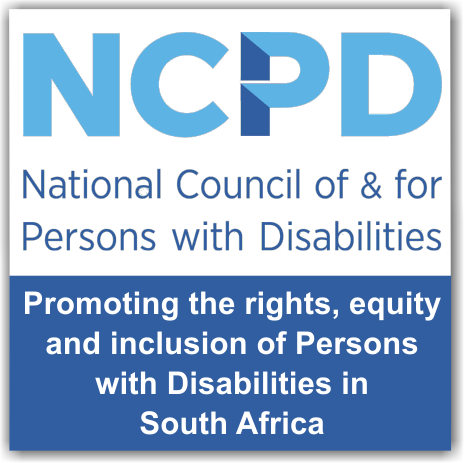Lifts & Elevators
To view the suppliers of products, click the button to the right.
To view the service providers, click the button to the left.
Contents: To jump to the topic you would like, click on the links below
Introduction
Thanks partly to the disability rights movement we have seen an improvement in building accessibility. With the installation of elevators or lifts buildings are now accessible even if you are in a wheelchair.
A lift (or elevator) is a form of vertical transportation between building floors, levels or decks, commonly used in offices, public buildings and other types of multi-storey accommodation. Lifts can be essential for providing vertical circulation, particularly in tall buildings, for wheelchair and other non-ambulant building users and for the vertical transportation of goods. Some lifts may also be used for firefighting and evacuation purposes.
The South African National Standard for Building Regulations
The South African Government through The South African National Standard for Building Regulations therefore makes laws that insure that new buildings are designed & build with a certain regulations, which includes Lifts & the regulations set aside for these Lifts.
There must be a means of egress (a point of departure) that is suitable for people with disabilities to use in the event of any sort of emergency. This relates to any sort of emergency, but in addition, a further clause states that departure routes (or egress) must also be designed in accordance with Part T of the regulations, namely the section that relates to Fire Protection.
Lifts in buildings must be able to serve the needs of disabled people. This includes ensuring that any commonly used “path of travel” MUST be free of any sort of obstacles that would limit, restrict or endanger people with disabilities who use that route. There must also be absolutely no obstacles that will prevent people with disabilities from accessing facilities within the building. The regulations refer specifically to people with impaired vision, but clearly they also relate to people in wheelchairs, or people who have trouble walking freely.
Unfortunately many buildings and homes in South Africa were not designed and built to accommodate wheelchair users or the elderly and still do not have suitable Elevators or Lifts. The owners of these buildings may therefore be challenged by the need to find architects and renovators familiar with accessible design issues in order to make these buildings accessible. There are various Organizations and Companies that can assist with Universal Design and Access to make sure that persons with disabilities are not excluded from any events, services, information, communication, products and venues.
Organizations & Companies That Can Assist With Universal Design & Access
There are now various Organizations and Companies that specialize in Universal Design and Access when it comes to installing Elevators or lifts to make sure that persons with disabilities are not excluded from any events, services, information, communication, products and venues. The National Council of and for Persons with Disabilities (NCPD), Bradshaw LeRoux Consulting, The QuadPara Association of South Africa (QASA) and DiSA specialize in Universal Design and can assist in different ways including:
The National Council of and for Persons with Disabilities (NCPD): believe that this can be prevented by applying Universal Design Principals during the design phase and they therefor offer the following services to assist:
- Workshops for architects, developers and other building professionals to develop an understanding of universal design and access.
- Facilitating access audits for new or existing buildings; echo e-access for the natural and communication environment. Audits are followed by a report indicating shortfalls and recommendations.
- Marketing of facilities that are accessible to persons with disabilities
Contact Fanie Swanepoel or Danie Marais for more information on Tel: +27 11 452 2774 or email them on: fanies@ncpd.org.za or danie@ncpd.org.za
QASA: The QuadPara Association of South Africa (QASA) is a non-profit organisation (NPO 000-881) of Quadriplegics and Paraplegics in South Africa. QASA’s mission is “to improve lives by securing resources to advocate, educate, capacitate, support and mobilize”. QASA’s vision is that “all quadriplegics and paraplegics will live their lives to their full potential”. QASA develops products, programmes and services for quadriplegic and paraplegic members to build their capacity and ensure opportunities for societal integration and empowerment.
will live their lives to their full potential”. QASA develops products, programmes and services for quadriplegic and paraplegic members to build their capacity and ensure opportunities for societal integration and empowerment.
These Services include but are not limited to Access Audits:
An access audit is a form of inspection that can be used to assess the ease of access to, and ease of use of an environment (such as a building or landscape), a service, or a facility, by people with a range of access impairments.
Everyone has the right to be able to fully participate within society, and the built environment and accessibility plays a vital role in achieving this goal. Persons with mobility impairments are faced with physical barriers that exclude them from societal integration, be that in the workplace, educational & recreational facilities.
Bearing this in mind it is of utmost importance that we make our spaces accessible, it is not only an issue of equality and justice, but it makes good business sense, and adds to contributing to the development of a more inclusive and equal society.
Access Audits identify features including:
- The current accessibility of the building
- Areas for improvement (e.g. no accessible parking in the car park or the door in the accessible toilet on the ground floor is incorrectly located and therefore the building is inaccessible)
- Good/bad practice in relation to facilities management that an organisation has in place; positive accessibility features (e.g. counter tops at reception, good use of lighting and colour throughout building, signages)
Benefits of Accessible Environment:
- Increases the pool of potential new employees that an employer can tap into
- Retain existing employees who may acquire a disability through an accident / medical condition
- Enables more persons with disabilities to enter the building and /or use the services
- Improves overall safety of buildings, which has a direct impact on the number of accidents taking place and therefore the cost of insurance premiums.
Click on the link above to find out more about "Access Audits", or visit our Organizations - QASA Page to find out more about QASA and the other Projects and Services that they provide, or their website at www.qasa.co.za.
These Organizations and Companies listed above which specialize in Universal Design and Access will follow those standards set by "The National Building Regulations and Building Standards Act" to make sure that "Lift Regulations" are met and persons with disabilities are not excluded from any events, services, information, communication, products and venues.
4.11 Lift Regulations
4.11.1 Lifts include passenger lifts and through-floor lifts, where
- passenger lifts serve all the storey's of the building that can be accessed by the stairway, and
- through-floor lifts may be used to serve a partial storey (see SANS 10400-A) of area greater than 100 m2.
NOTE A through-floor lift can be used in small buildings, as an alternative to a passenger lift.
4.11.2 Passenger lifts shall
- have a minimum internal dimension of 1,1 m in width and 1,4 m in depth, clear of surface finishes;
- have a doorway with an unobstructed width of not less than 800 mm;
- be fitted with horizontal handrails the full length of the lift car sides at a height of between 850 mm and 1 000 mm above the floor level of the lift;
- have a mirror on the top half of the rear wall equal to the width of the lift to enable wheelchair users to back out of the lift where the lift has internal dimensions less than 1,5 m in width and 2,0 m in depth;
- have a clear circulation space of not less than 1,5 m × 1,5 m at the entrance of the lift on each floor;
- have audible and visible warnings in the lift lobby and lift car to indicate the lift car approaching, the arrival of the lift, the lift doors opening, the lift doors closing, the floor requested and at which floor the lift stops;
- have control buttons, including emergency control buttons, that are in accordance with 4.14;
- have illuminance on the control panel that is not less than 150 lx;
- stop level with the landing on each floor that they serve.
NOTE 1: The provision of the number and size of lifts should take into account the number of persons (persons with disabilities and persons without disabilities) using the site, complex or building. In buildings with large building-user numbers and flow, the size and number of lifts should reflect the fact that a wheelchair user needs to be able to turn when entering or exiting the lift.
NOTE 2: Wheelchair users should not have to travel further than non-wheelchair users to find a means of vertical circulation accessible to them, and they should not have to cross roads or endanger their safety to reach such means.
NOTE 3: To aid persons with visual impairments to operate automatic lifts, tactile identification, both raised numbers on buttons, in contrasting light and dark colours, and Braille lettering adjacent to the number, should be provided at the control panel within the lift car and external to it.
Links
- Building Regulations for facilities for Disabled Pdf.
- Standard Electrical, Mechanical And Architectural Guideline For The Design Of Accessible Buildings (Facilities For Disabled Persons)
To find Companies and Organizations that can assist you, visit our "Services & Service Providers" Search Facility on the following link: http://disabilityinfosa.co.za/search-for-info/services/. If you require any Products listed on this page, visit our "Products" search facility: http://disabilityinfosa.co.za/search-for-info/products-equipment/
References
- https://www.auto-mobility.co.za/need-to-know/dimensions-of-parking-bays/
- Building Regulations for facilities for Disabled Pdf.
- Standard Electrical, Mechanical And Architectural Guideline For The Design Of Accessible Buildings (Facilities For Disabled Persons)
- https://ncpd.org.za/universal-design-audits/




